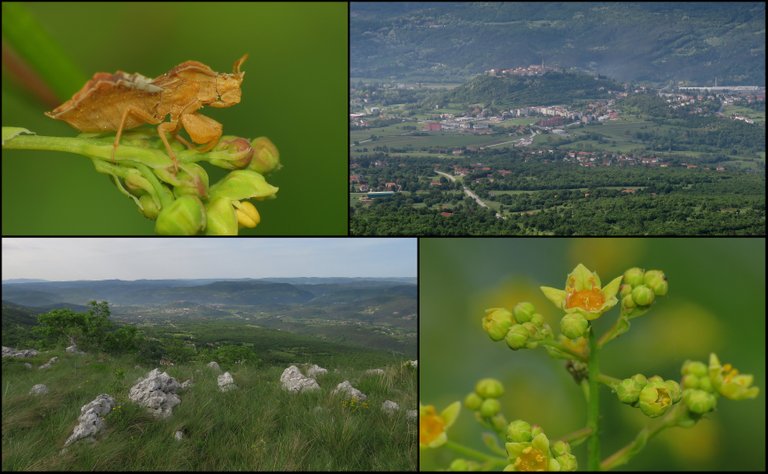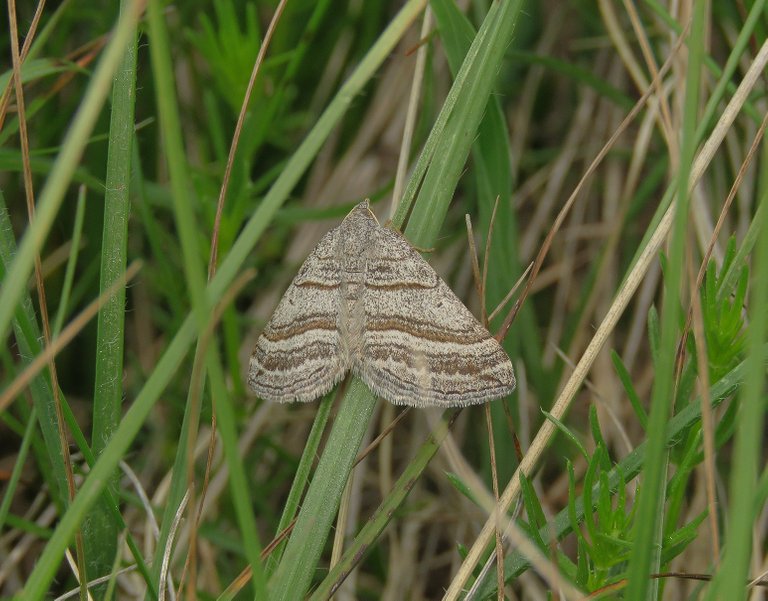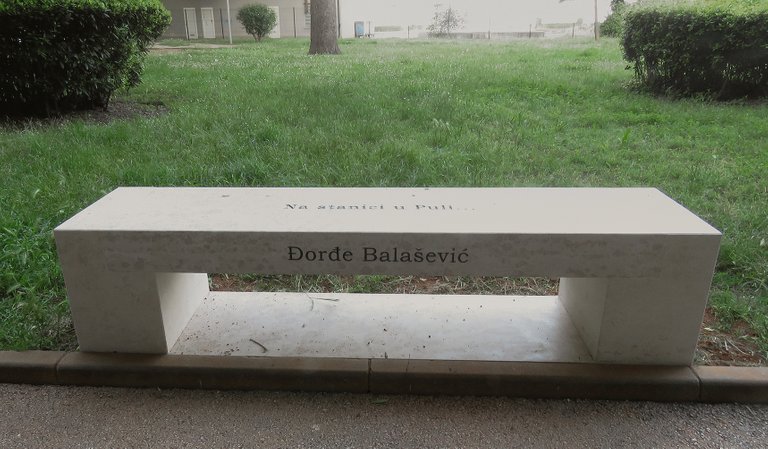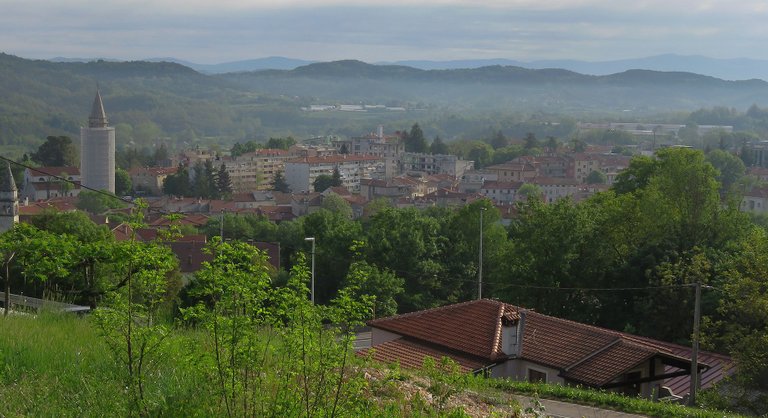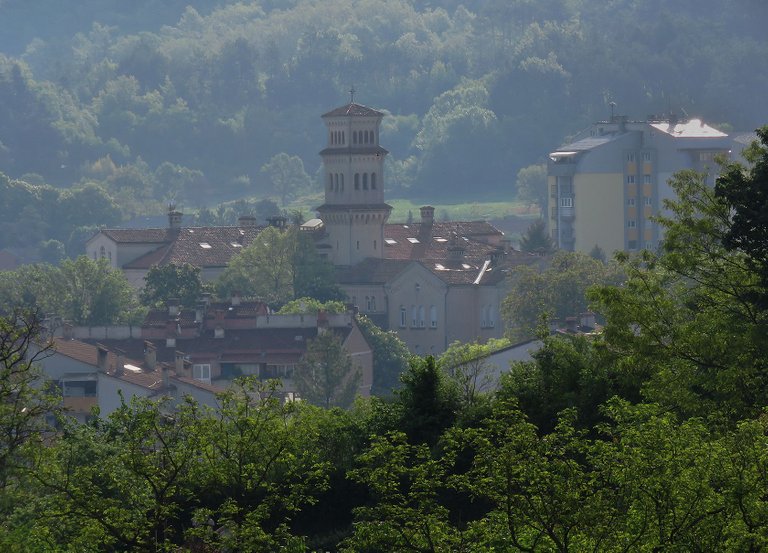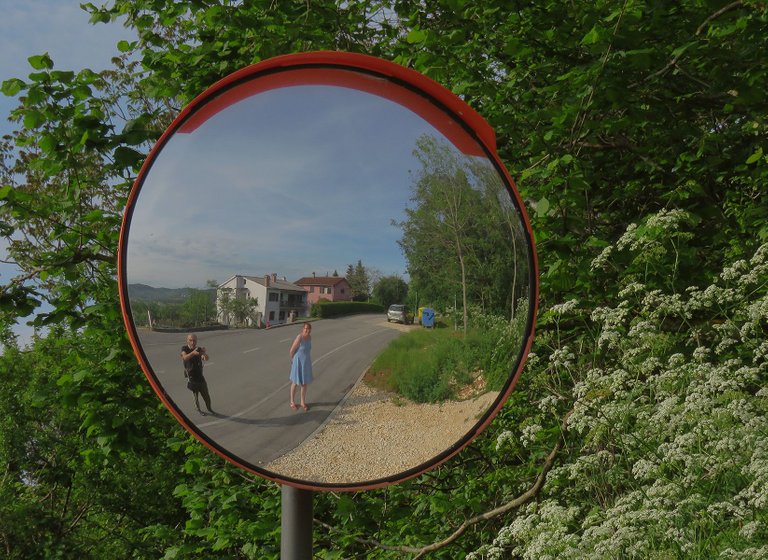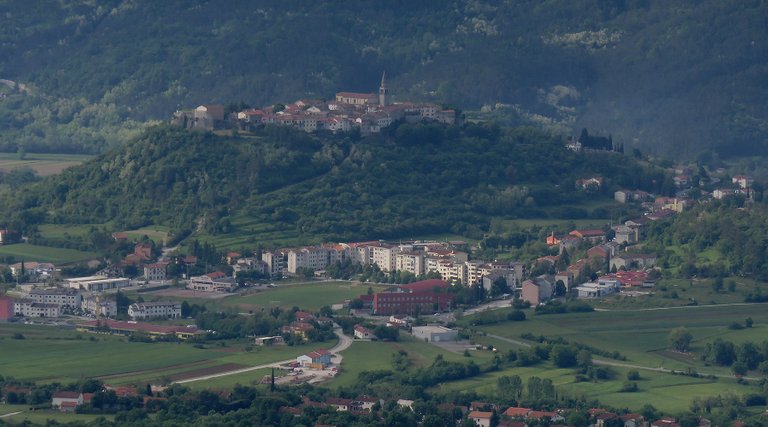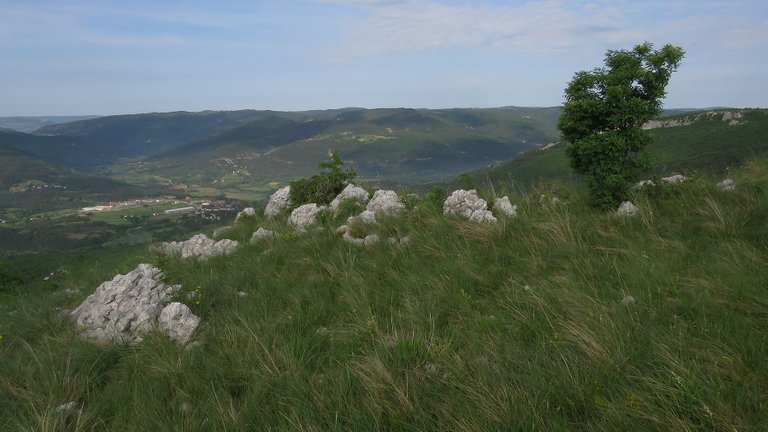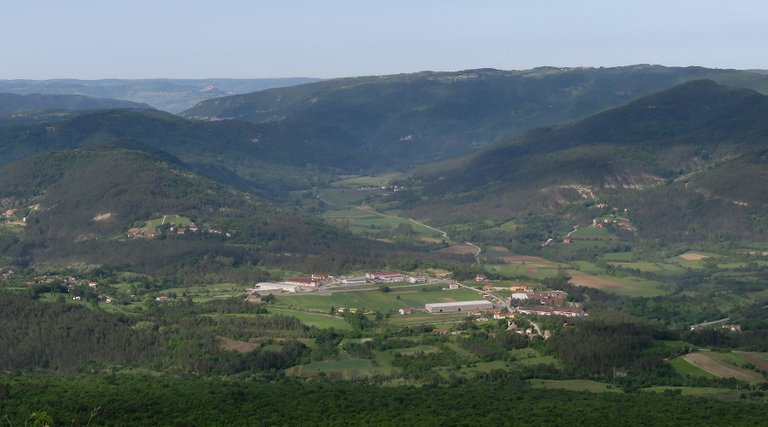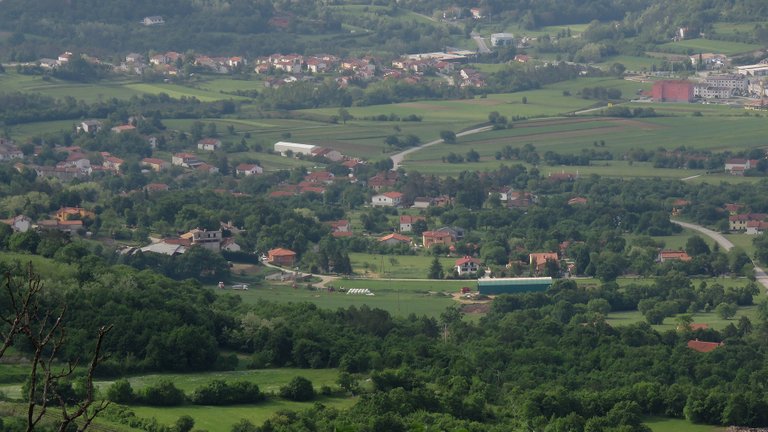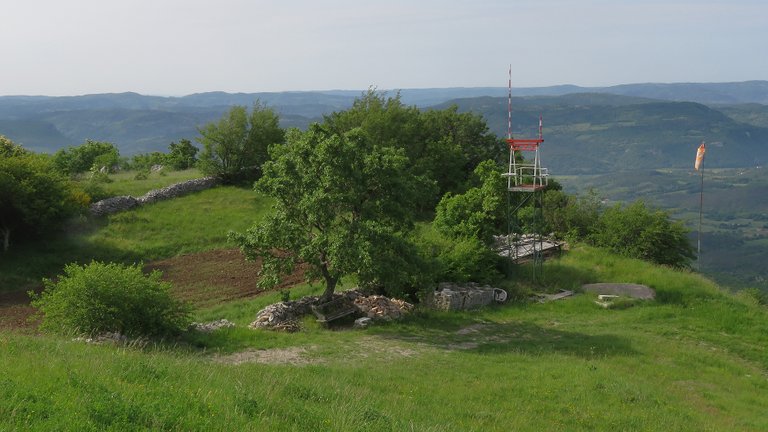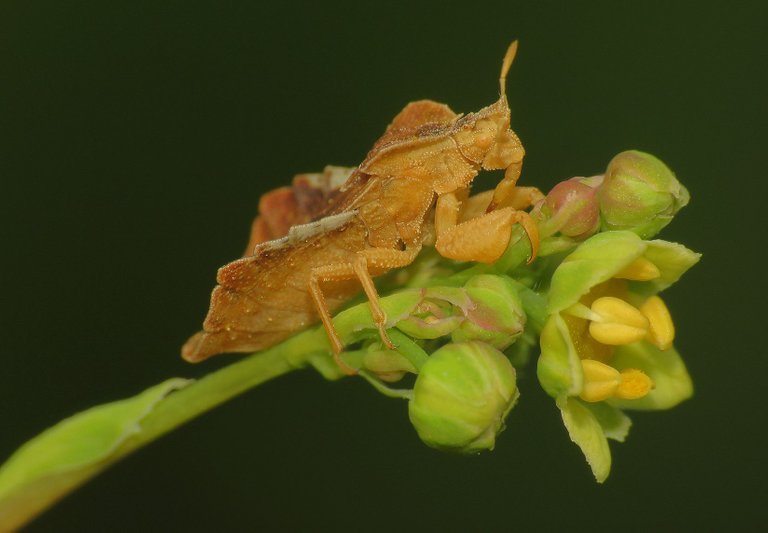Today I drove more or less a hundred kilometers to the nearest mountains ...
... about ten or twenty kilometers from the small city of Buzet.
In this photograph, you can see the Scotopteryx coarctaria, one of the interesting insects that I have never encountered before in nature. But before continuing with that final part of the journey, I'll show you how it all started ...
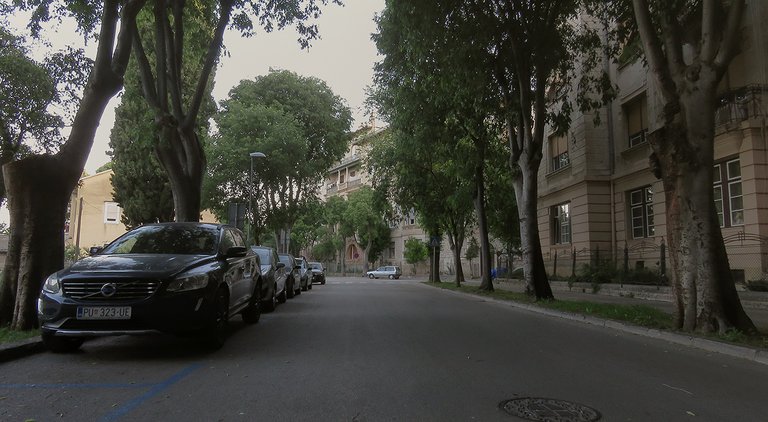
... a couple of hours before and ninety kilometers south from there, in the city of Pula, jest about ten kilometers from where I live. This photograph was taken on the road that leads to the railway station, less than a hundred meters from that station.
A new bench appeared recently at the edge of the sidewalk. Although you can sit on it like on any other bench, this is actually a memorial to one of the greatest ( or just - the greatest) singer-songwriters from Yugoslavia. I mean from Serbia, but his career and spirit were definitively larger than the boundaries of any nation-state in this stretch of the Balkans. Among many other things, in 1978 he wrote a fairly popular song set in the railway station of Pula, so now he got a bench - memorial in that part of the city.
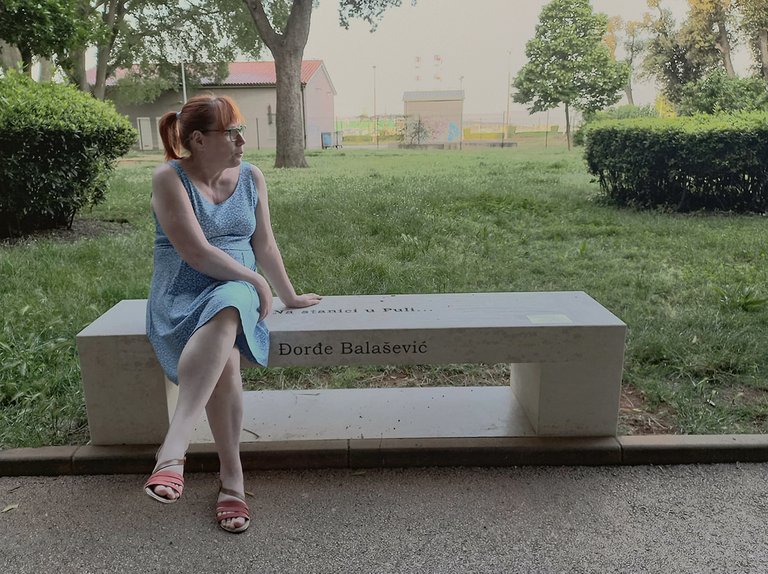
A friend who went on the trip with me wanted to have a photograph on that bench to share on Facebook. So I have this shot to share on HIVE. When the following photograph was taken ...
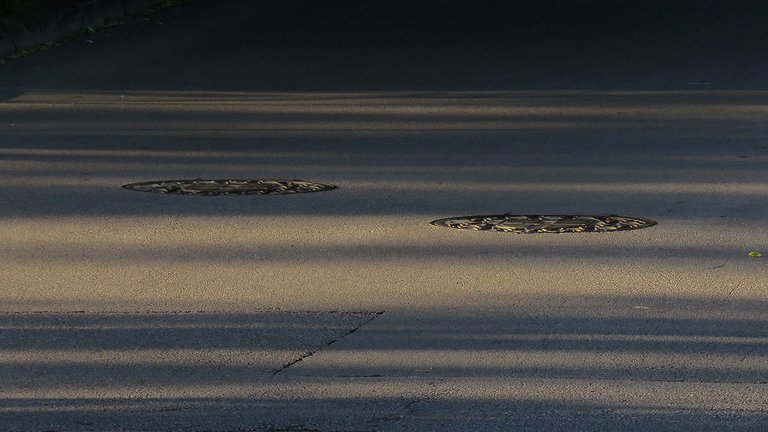
... it was half past six AM ...
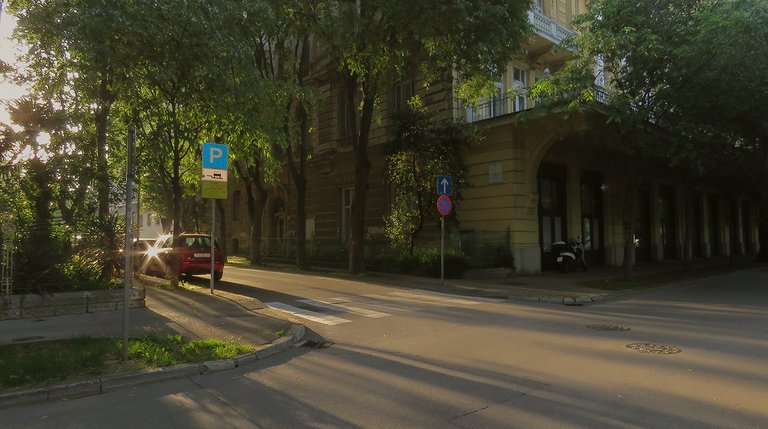
... and the rising sun was rapidly changing the morning atmosphere.
A minute or two later, we drove out of the city and continued our journey northwards.

The next stop was a little less than an hour later ...
... on the hill about the city of Pazin ...
... in the central part of the peninsula, approximately halfway in between Buzet and Pula.
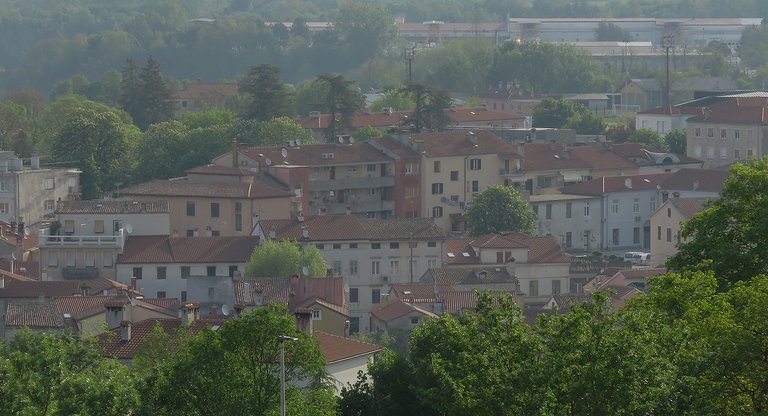
From here I was able to take a good look at the urban layout of the city in the valley ...
... and photograph some buildings that look much better from this elevated angle.
Here, reflected in the traffic mirror, you can see a bit of the suburban neighborhood from which I was shooting the city.
Here you can see Buzet, photographed an hour later ...
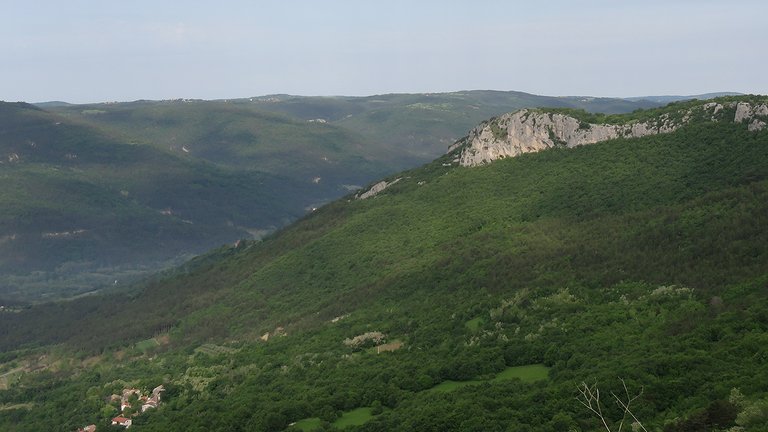
... from the mountain range north of the city.
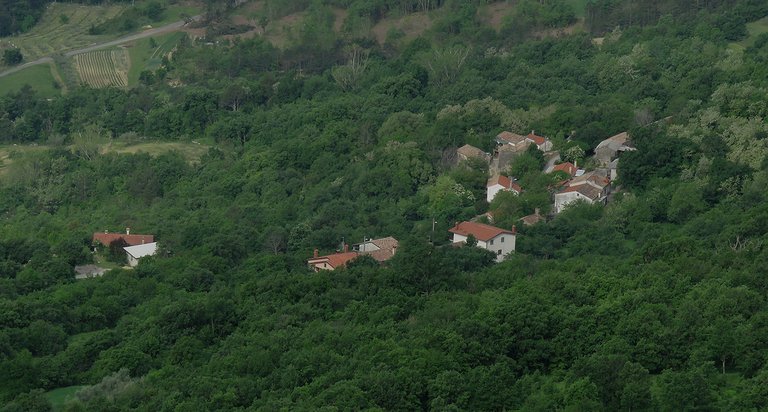
I spent some time observing the details in the valley through the zoom of my camera, and then ...
... I noticed a moth ...
... in the grass not far from the edge of the precipice.
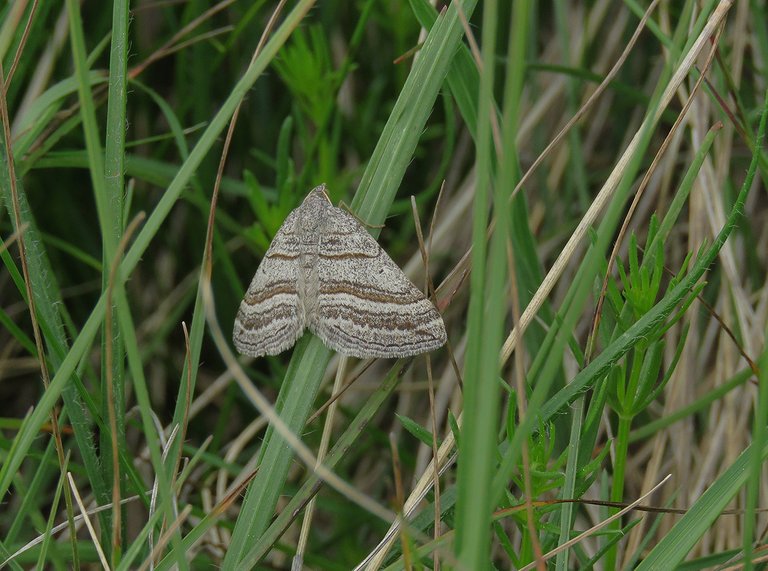
This is the same moth that appeared at the beginning of the post. The Scotopteryx coarctaria from the Geometridae family.
This evening, while preparing the post, I found out that this common, widespread species can be found across all of Europe, but I don't remember seeing it before in the area in which I live. it was new and kind of exotic to me.
After taking one more shot of the distant scenery ...
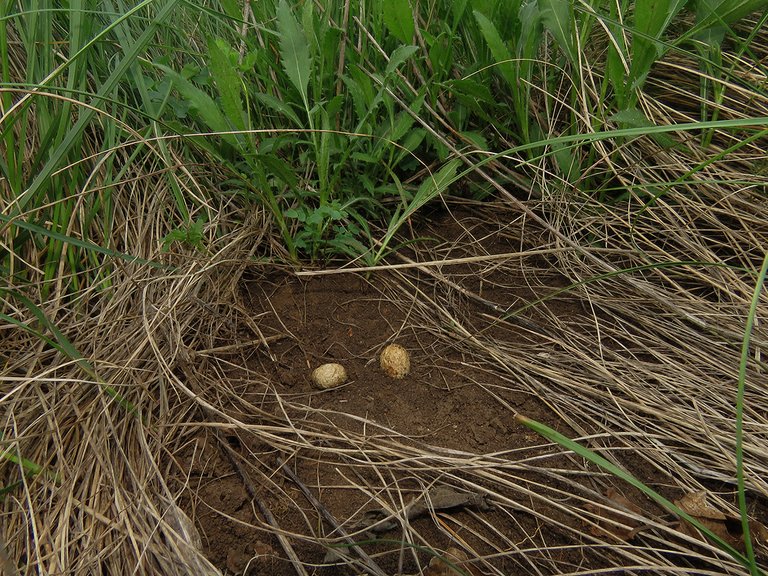
... I noticed something that looked like little fungi down on the ground.
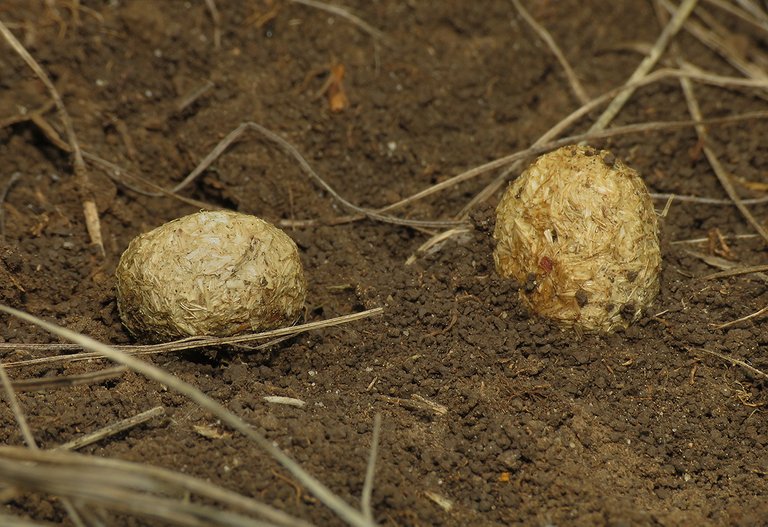
An up-close look revealed that these are dried-out excrements of a rabbit.
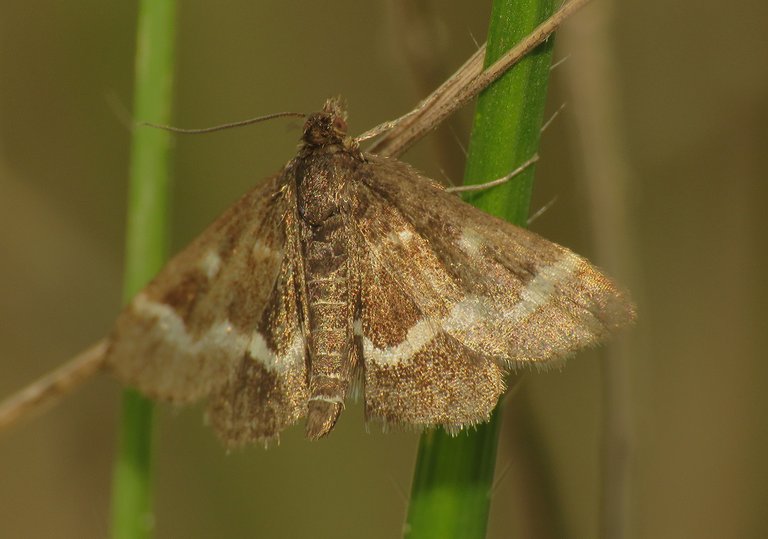
Here you can see another moth. This one has lost some of the scales on its wings. I'm not sure about the species but it looks a lot like the Pyrausta cingulata.
After another look at the suburban areas around the old city of Buzet ...
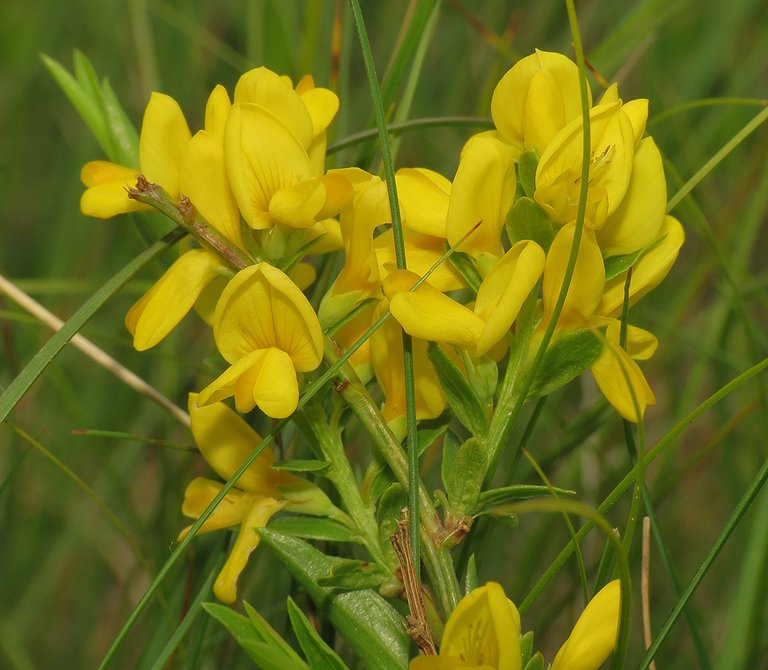
... I walked to the yellow flowers ...
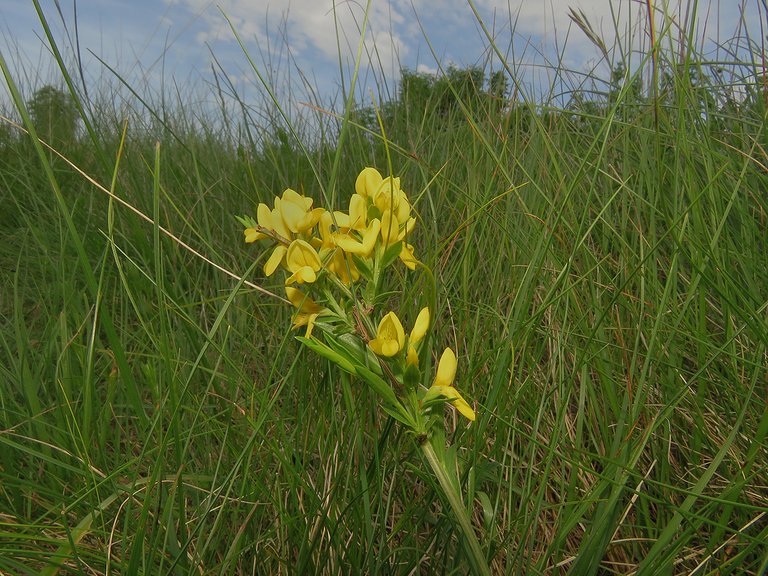
... of the Genista tinctoria plant.
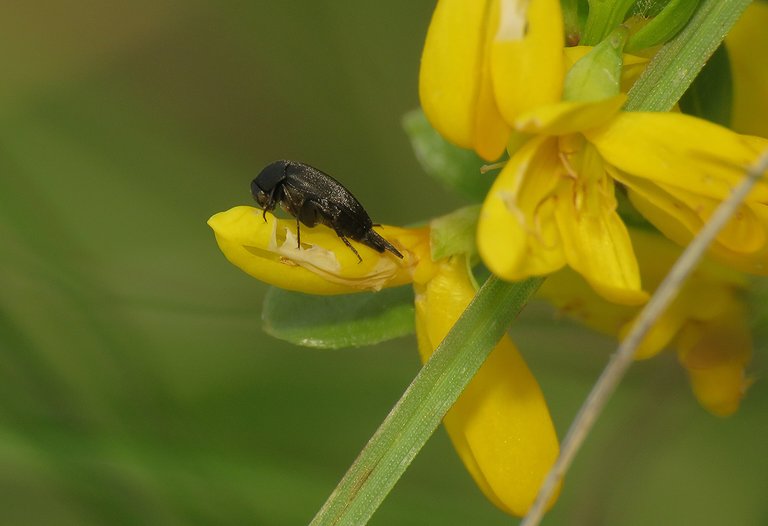
Here I photographed the small beetle from the Mordellidae family ...
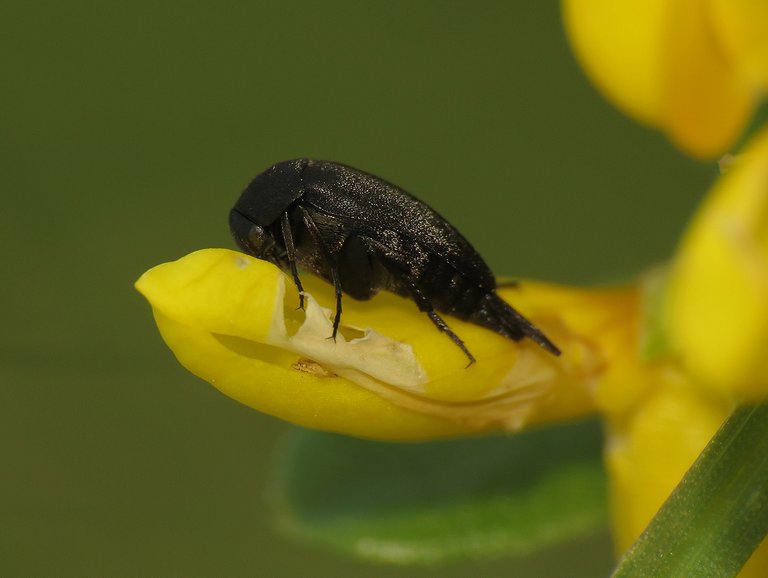
... the Mordella aculeata tumbling flower beetle.
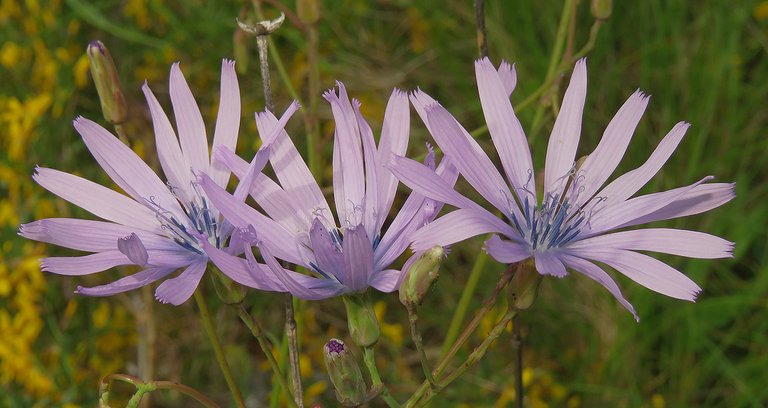
Soon I passed by this trio of Lactuca perennis flowers ...
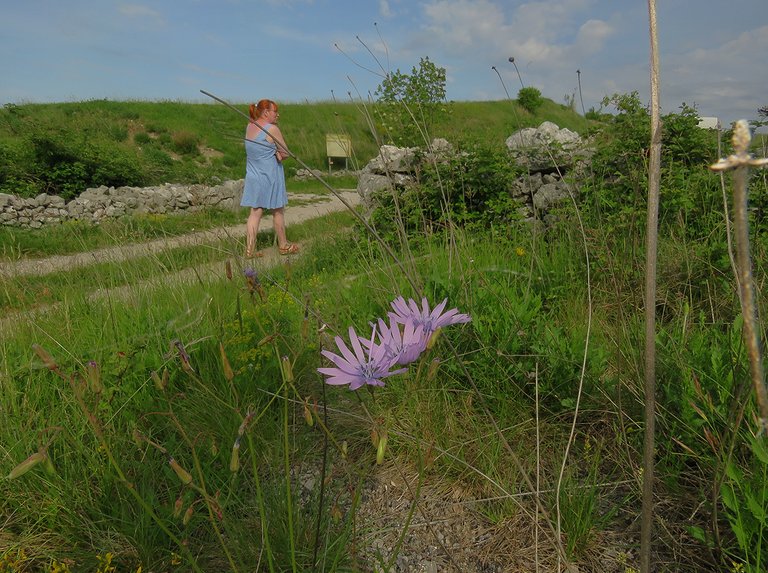
... and after a minute or two ...
... reached the jump ramp for paragliders.
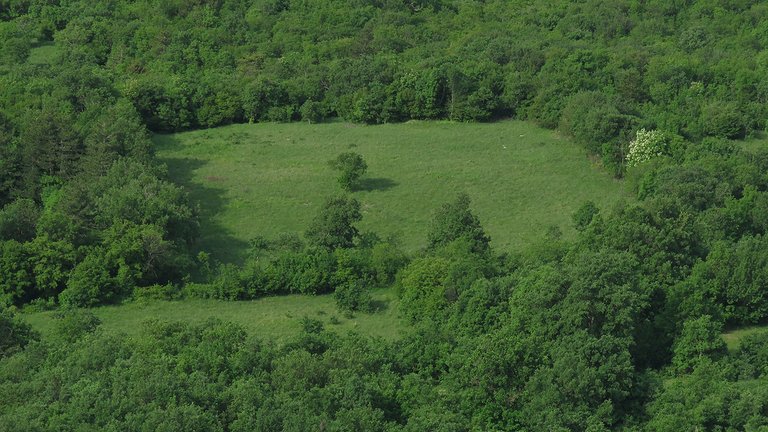
From here I took a few more shots ...
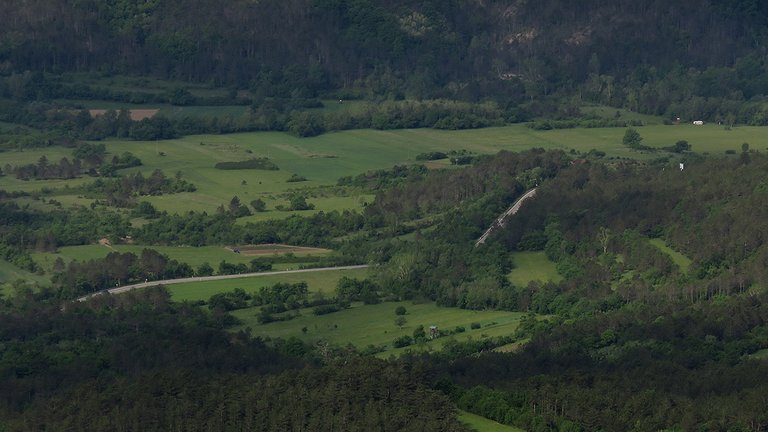
... of the scenery in the valley below.
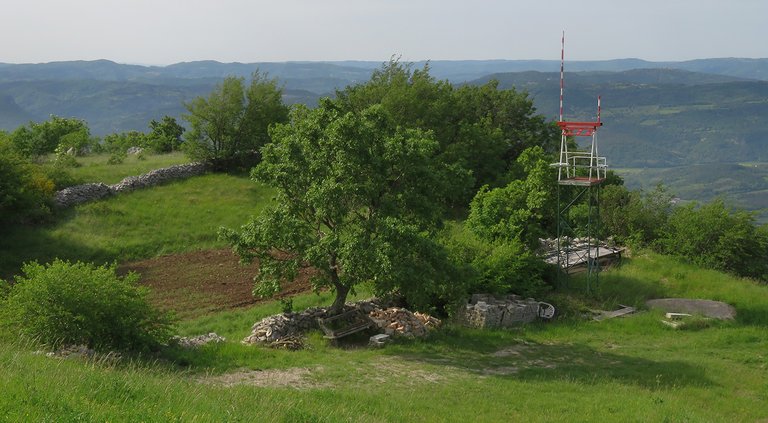
A bit later, about a hundred meters further ...
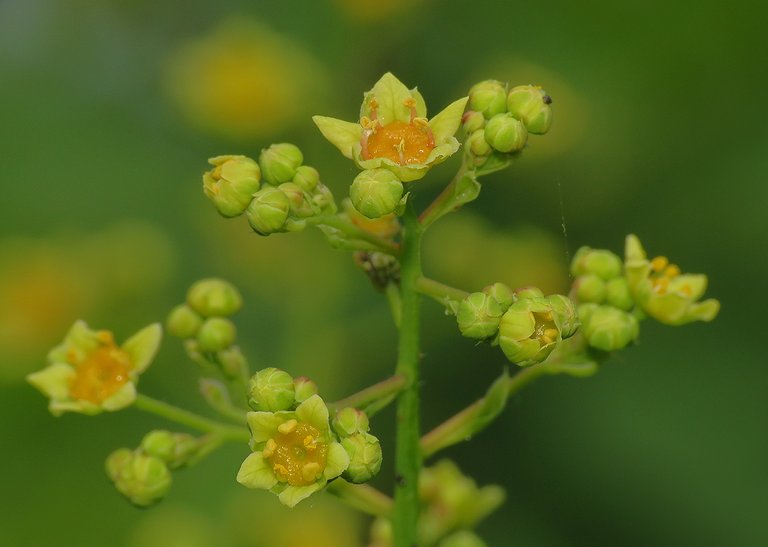
... I mounted the macro lens to take a better look at the small flowers ...
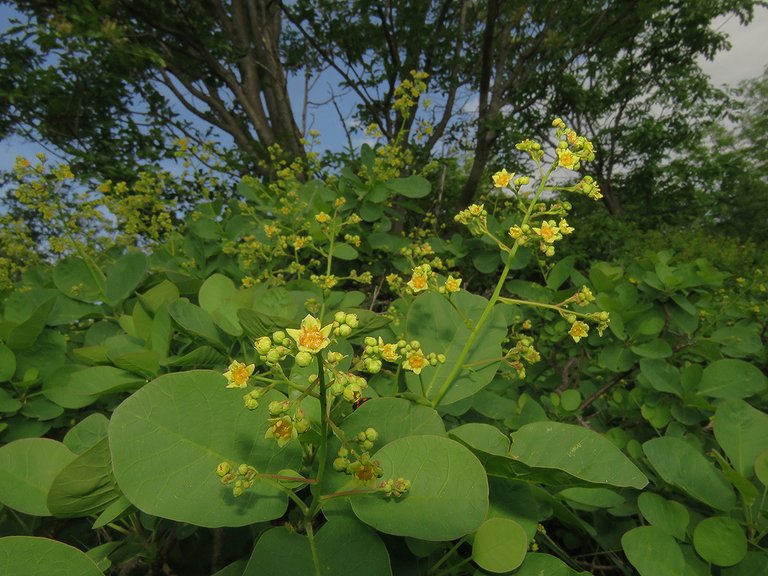
... of the Cotinus coggygria plant.
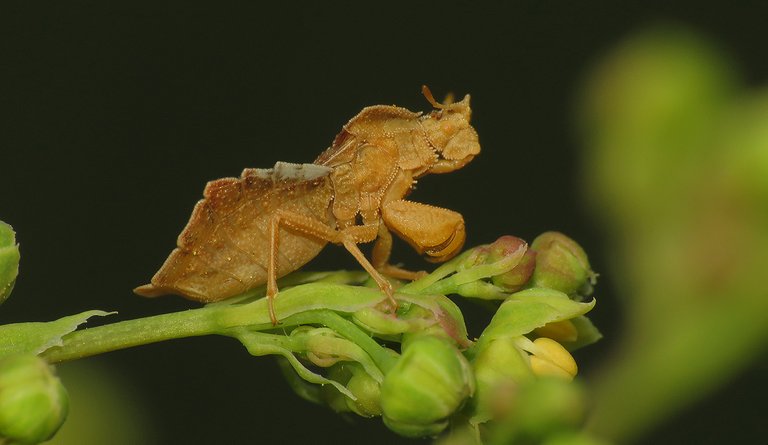
Here I found this exceptional insect that I have never encountered before in nature, only in books and on the Internet.
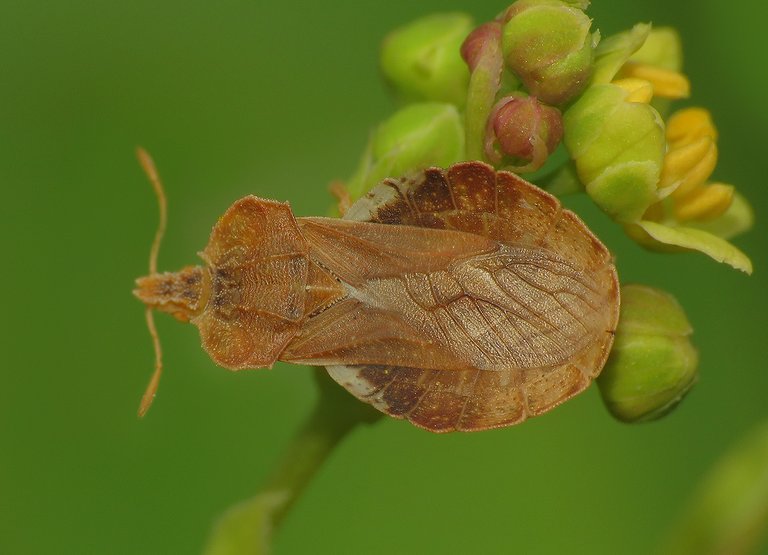
In this photograph, you can take a look from above. It looks like some kind of seed or some other dry part of the plant from that angle.
In this enlargeable shot, if you enlarge the picture by clicking on it, you'll be able to take a good look at the forelegs of the insect that look a bit like those of the mantises. You may also notice the thick, robust proboscis on its head.
This is the Phymata crassipes. A predatory bug from the Reduviidae family.
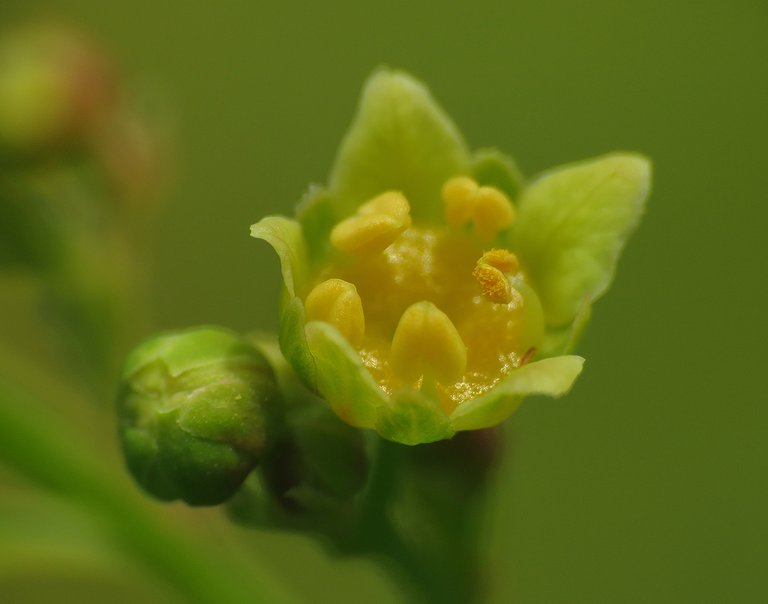
Some minutes later, on another tiny flower of the same kind ...
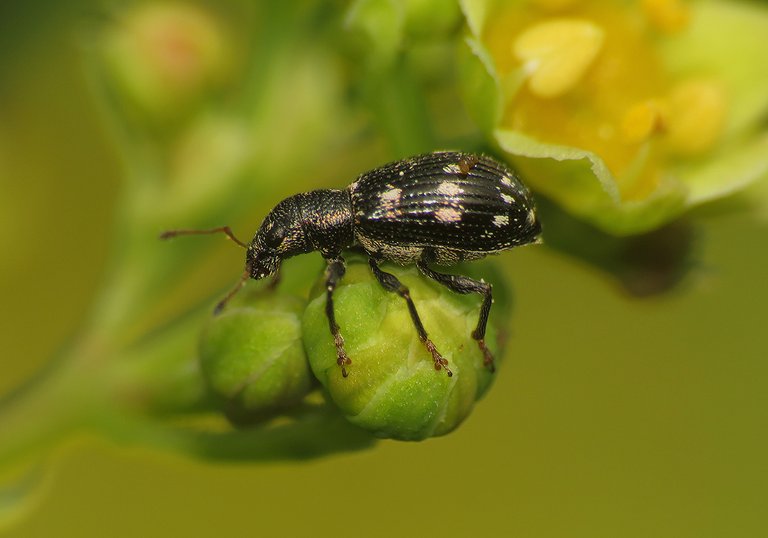
... I found a minuscule weevil. I wasn't able to identify this species. And I don't remember seeing it before.

And that's it.
After taking this wide shot of the scenery at half past noon, it was time to go home.
AS ALWAYS IN THESE POSTS ON HIVE, THE PHOTOGRAPHS ARE MY WORK - THE END
